Digital TV Signal Information
Digital TV (DTV)
If you have a digital TV (DTV), typically a TV that was manufactured within the last five years, it will have the digital tuner built in. A converter box is not necessary and won’t improve reception. Indoor antennas are a last resort and in most cases do not work well. If you have a TV with a digital tuner, and the stations you are trying to receive are transmitting a digital signal, there is no need for a converter box.
Checking signal strength
Note that the type of antenna needed at a specific location may vary depending on geographic location, the height at which the antenna is used, the presence of nearby structures or other local factors.
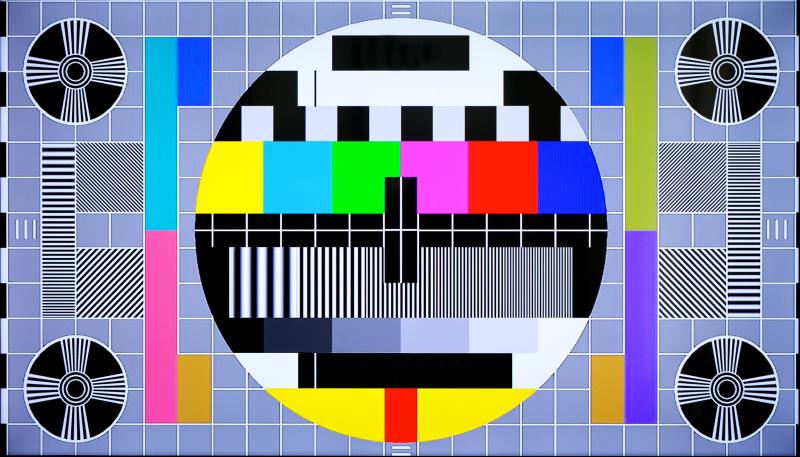
Receive DTV signals
To receive DTV signals from the stations in your area, it is important that your antenna is able to receive both VHF (channels 2-13) and UHF (channels 14-51). Some antennas only provide good reception on VHF or UHF channels, but not both.
For example, indoor “rabbit ears” usually need to be augmented with an additional “wire loop” or “bowtie” antenna in order to pick up signals on UHF channels. Consumers should be aware that even if they use a digital-to-analog converter box, they will still need an antenna to receive DTV signals.
The reception capabilities of TV antennas also vary considerably. Be sure to talk to retail consultants and look at information on the packaging and/or the Internet to make sure any new antenna you choose provides good reception of both VHF and UHF channels. In addition, if you use an indoor antenna and receive signals on VHF channels, you may need to use an antenna with amplification.
Note that the type of antenna needed at a specific location may vary depending on geographic location, the height at which the antenna is used, the presence of nearby structures or other local factors.
Antennas for reception in different signal conditions
The antennas shown below will work for the indicated signal strength in most instances, but may not work in all cases. Indoor reception of TV signals may be affected by factors such as nearby buildings, trees, terrain or home construction.
Strong TV signals
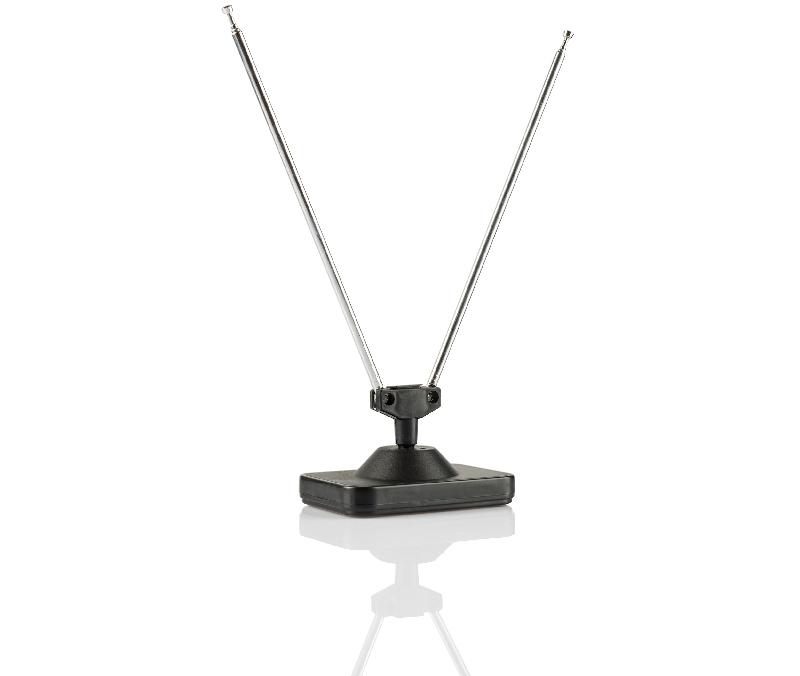
VHF Signal
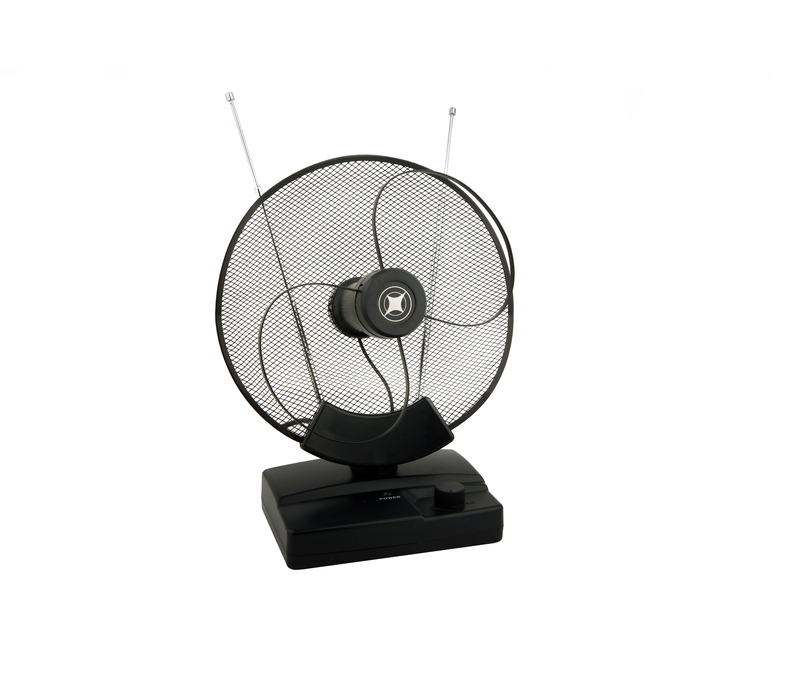
UHF Signal
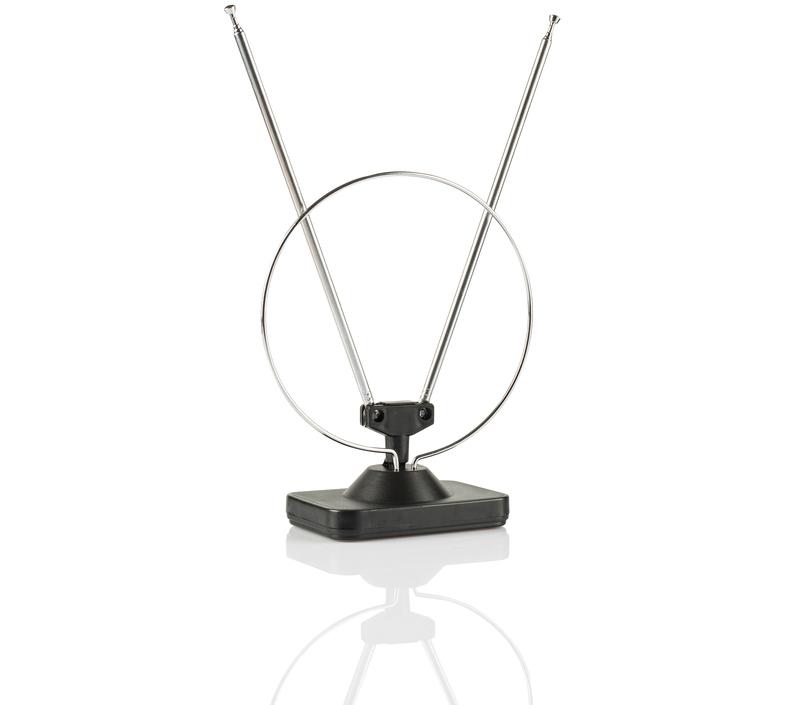
VHF and UHF Signal
Simple indoor antennas will usually be sufficient for locations having strong TV signals.
Moderate TV signals
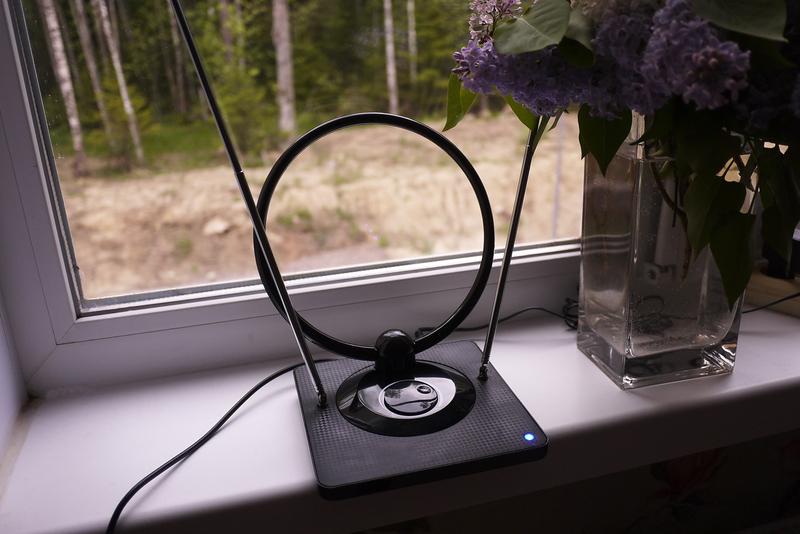
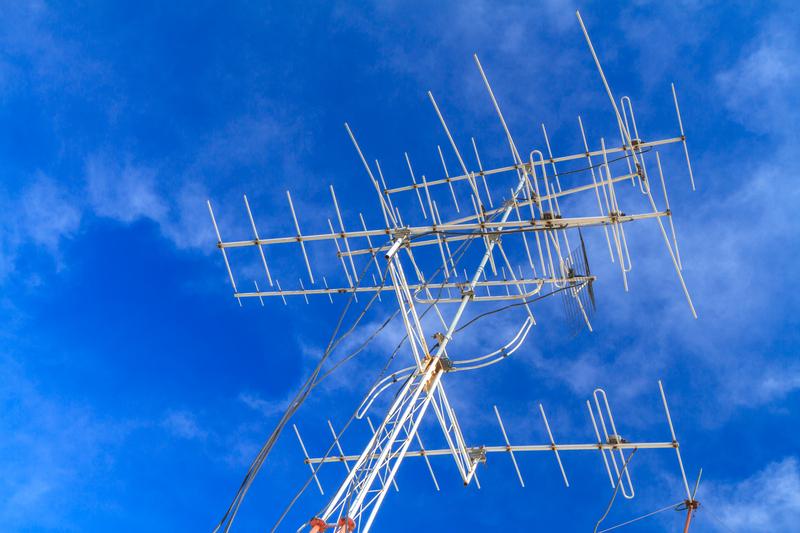
High quality indoor antenna or an outdoor antenna may be appropriate.
Weak TV signals

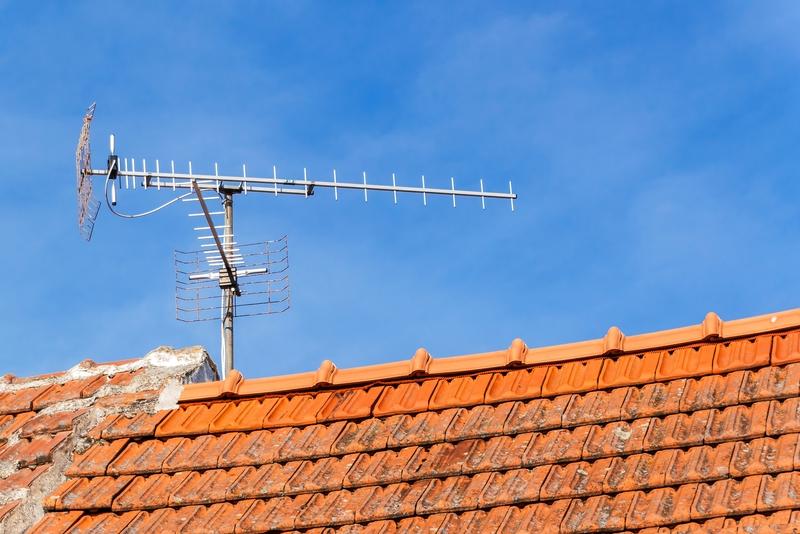
Visit the AntennaWeb website for guidance on the type of outdoor antenna you may need.
Need additional information?
For additional information visit the Federal Communications Commission (FCC) website.
